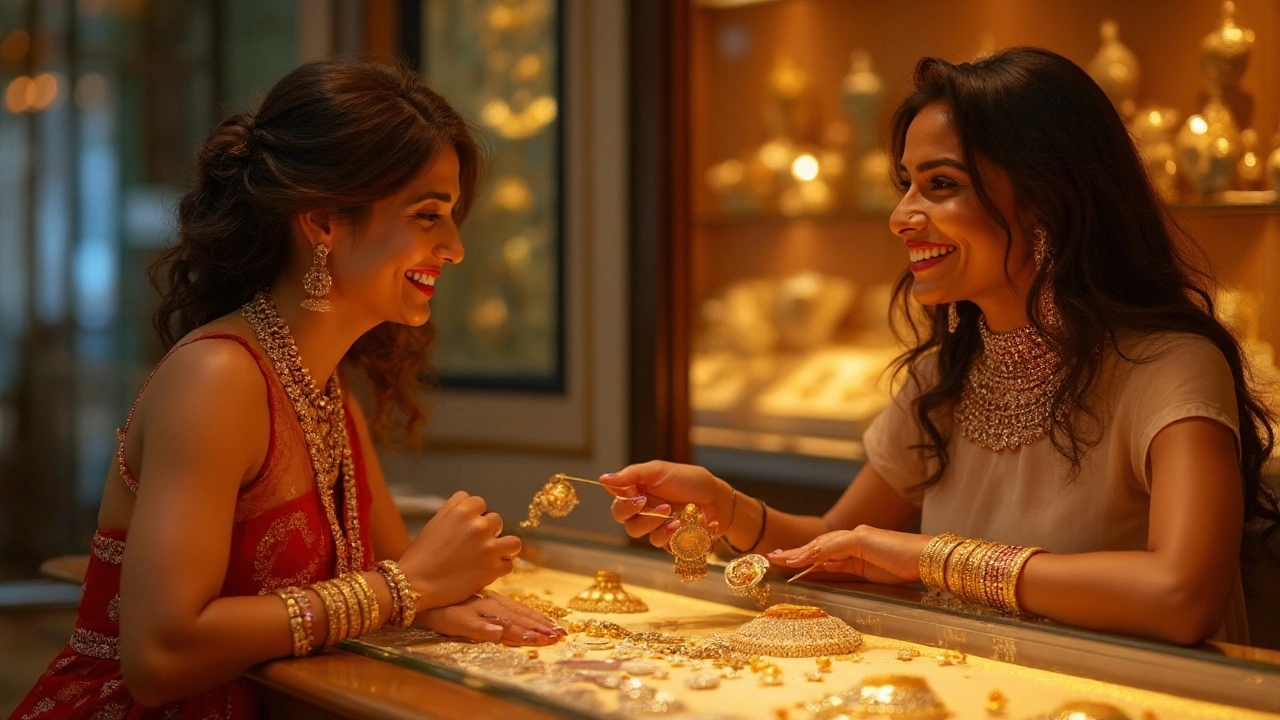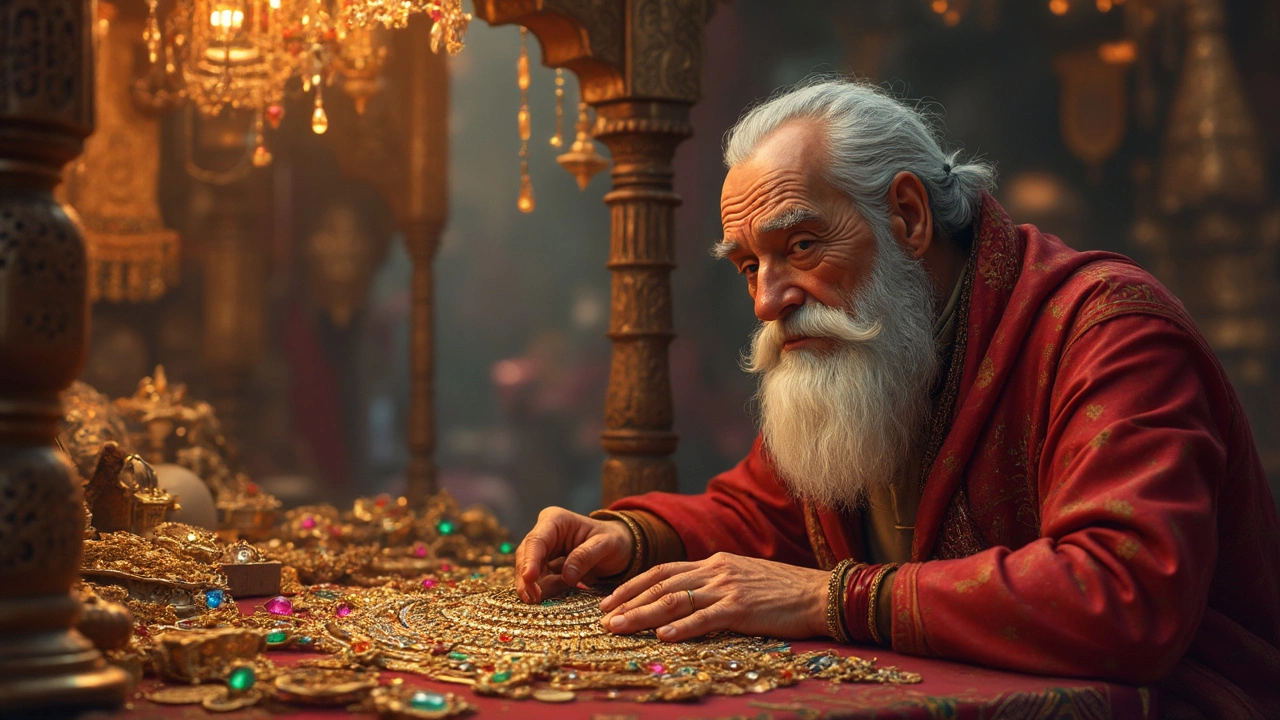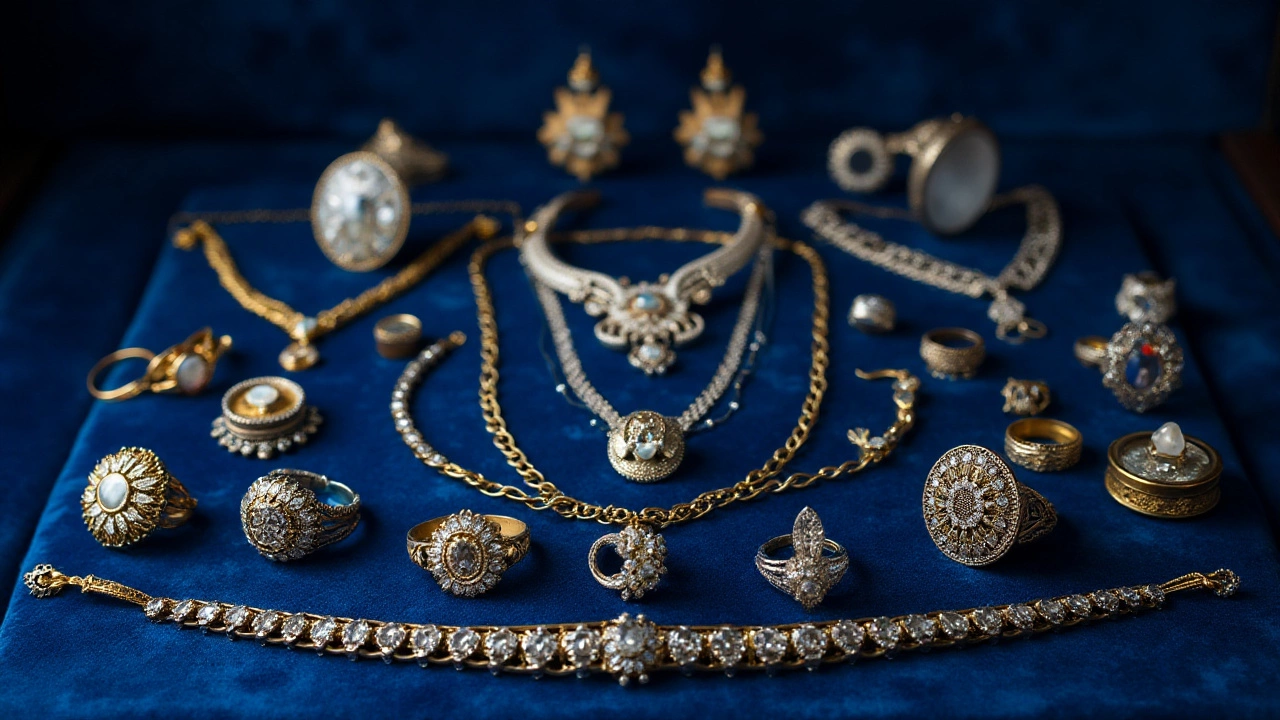
Discover proven and genuine phrases to use when selling jewelry. Master communication secrets, win trust, build desire, and close more jewelry sales.
When talking about Selling Jewelry, the process of offering jewelry pieces to customers, either online or in physical stores. Also known as jewelry sales, it blends market knowledge, cultural awareness, and product quality. Understanding Mangalsutra, a traditional Hindu wedding necklace that symbolizes marital status is crucial because many buyers look for authentic designs and proper gold purity. Likewise, grasping the basics of Gold, a precious metal measured in karats and widely used in Indian jewellery helps set competitive prices. Diamond, a hard gemstone valued by carat, cut, color, and clarity often commands a premium, so sellers must know global price trends. Even small pieces like a Nose Pin, a facial jewellery item that reflects personal style and regional customs can boost sales when marketed correctly.
One key to successful selling is matching product attributes to buyer expectations. For example, selling jewelry requires clear communication about gold purity—24K vs 22K, 750 stamp, or 18K—and what those numbers mean for durability and price. Buyers often ask whether a piece is investment‑grade or fashion‑forward, so providing that distinction can close a deal. Pricing strategies also depend on where the customer shops; a buyer in India may prioritize lower taxes and local gold rates, while an international customer cares about import duties and certification.
First, know your market segment. Young professionals might lean toward trendy like chunky chains, while older clients prefer classic mangalsutra designs with traditional motifs. Second, showcase authenticity. Highlight hallmarks, certificates, and the story behind each piece—whether it’s handcrafted in Surat or a modern imitation that mimics gold at a lower cost.
Third, leverage cultural moments. Weddings, festivals, and holidays drive spikes in demand for specific items such as mangalsutra, bangles, or nose pins. Aligning promotions with these events boosts visibility. Fourth, use transparent pricing tables that compare gold, diamond, and gemstone costs across regions. Readers of our articles often ask if gold is cheaper in the USA or India; providing a quick side‑by‑side view builds trust.
Fifth, optimize your online listings. High‑quality photos, detailed descriptions of karat, gemstone cut, and care instructions reduce returns. Mentioning related accessories—like matching earrings or a kada bracelet—encourages larger basket sizes. Sixth, stay updated on legal standards. The 750 stamp, for instance, guarantees 75% pure gold; knowing the difference between 18K and 22K helps avoid miscommunication.
Our collection below covers all these angles. You’ll find guides on how to compare gold prices globally, what makes a mangalsutra ideal, tips for pricing diamonds, and style advice for nose pins. Whether you’re a seasoned retailer or just starting an e‑commerce store, the articles will give you actionable insights that you can apply right away.
Ready to dive deeper? The posts ahead break down each topic with real examples, expert tips, and up‑to‑date data, setting you on the path to confident and profitable jewelry selling.

Discover proven and genuine phrases to use when selling jewelry. Master communication secrets, win trust, build desire, and close more jewelry sales.

Thinking of selling grandma's old jewelry? Dive into a world where every piece tells a story and might just fetch a great price! Discover expert tips on evaluating, pricing, and choosing the right place to sell your antique treasures. From decoding hallmark symbols to determining authenticity, here's everything you need to navigate this sparkling market.

Selecting the right color is crucial for selling antique jewelry, as it influences attractiveness, perceived value, and emotional appeal. From deep royal blues that evoke luxury to warm golds that suggest timeless elegance, the right hue can transform a piece into a must-have treasure. Color psychology plays a significant role, with certain shades enhancing the age-old charm and craftsmanship evident in antique pieces. Discover how strategic color choices in displays and settings can make antique jewelry designs irresistible to buyers.